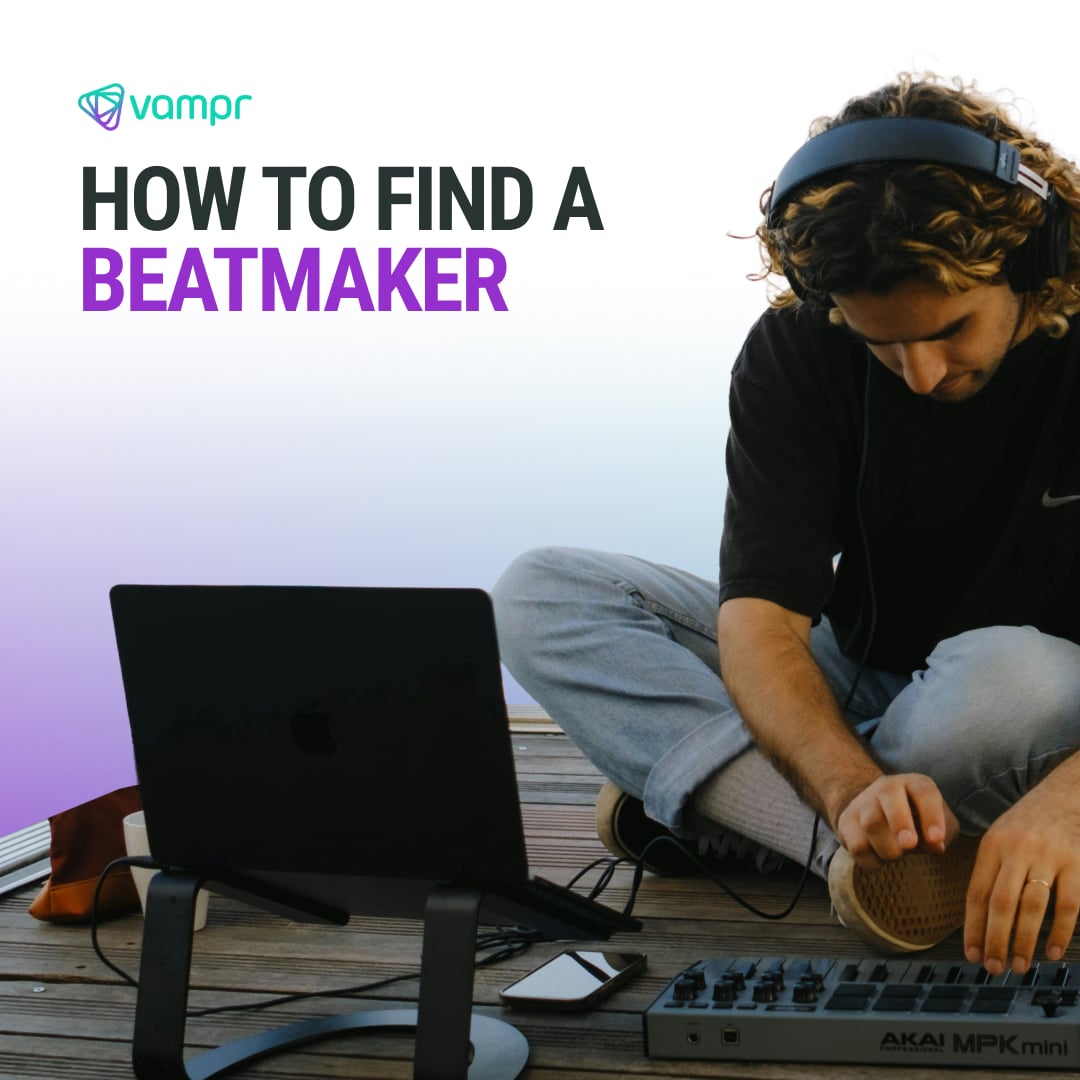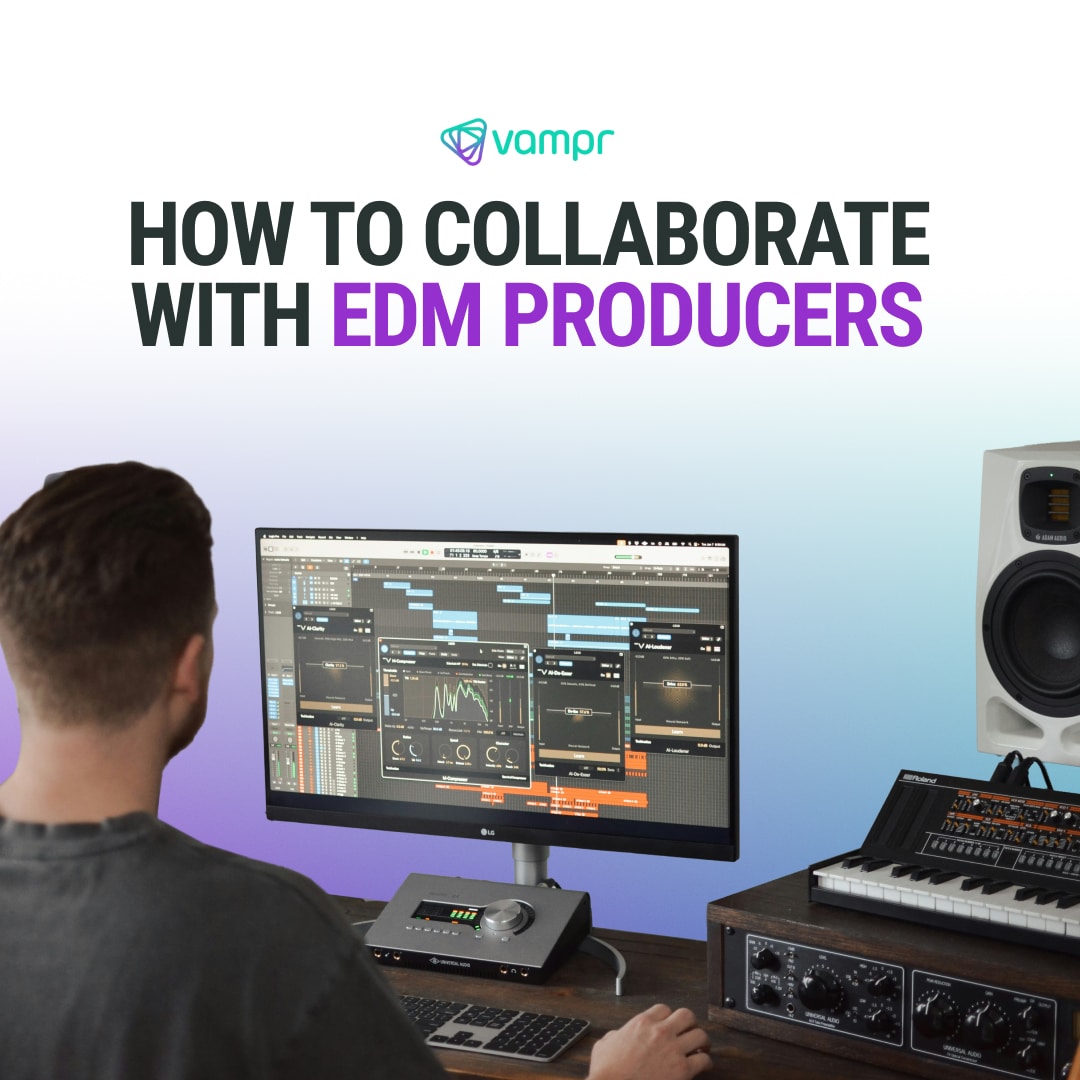Music publishing is a critical aspect of the music industry, often less visible but equally important as performing or recording. It involves the management and monetization of a song’s copyrights, ensuring that songwriters and composers are fairly compensated for their work. Music publishing basics encompass a range of activities, including licensing, collecting royalties, and providing legal support for copyright issues. With the evolution of the music industry, especially in the digital era, the role of music publishing has become more complex and vital. It’s not just about collecting earnings; it’s about actively protecting and promoting a song’s intellectual property.
The Basics of Music Publishing and Record Labels
Music publishing focuses on the rights and royalties of a song’s composition and lyrics. Publishers ensure that songwriters and composers are paid when their music is used or covered by others. On the other hand, record labels deal with the recording aspect – the performance and production of the song. They are responsible for the manufacturing, distribution, and promotion of recorded music. While a record label might help in making a song popular, music publishers ensure the creators of the song are fairly compensated for their work. Record labels invest resources in artists to help them record, produce, and market their albums or singles. They also negotiate deals with music retailers and streaming platforms to ensure the music reaches a broad audience. They often provide artists with financial support and industry expertise, which can be vital for emerging artists trying to establish their careers.
The synergy between music publishing and record labels is pivotal in the music business. While record labels focus on the success of the recorded song, music publishers ensure that the creators behind the music are recognized and remunerated. Both entities must work together harmoniously to maximize a song’s potential. For instance, when a record label promotes a song effectively, it can lead to more licensing opportunities that the publisher can capitalize on. This collaborative relationship benefits all parties involved, from the artist and songwriter to the record label and publisher.
Types of Rights in Music Publishing
Mechanical Rights
They refer to the right to reproduce a piece of music in a physical or digital format. This includes CDs, vinyl, digital downloads, and streaming. Mechanical rights are essential for songwriters and composers as they ensure they receive royalties whenever their music is reproduced. The rise of digital streaming has significantly increased the importance of mechanical rights, as they now play a crucial role in the revenue stream for artists in the digital age.
Synchronization Rights
These rights are involved when a piece of music is synchronized with visual media, such as in movies, TV shows, advertisements, or video games. Whenever music is used in this way, the creators are entitled to synchronization royalties. These rights are negotiated on a case-by-case basis, often leading to lucrative deals for artists. Synchronization rights have grown in importance with the rise of digital media, providing significant revenue opportunities for musicians and producers.
Public Performance Rights
These rights come into play whenever music is played in public, including concerts, radio, television, or even in venues like restaurants and shopping malls. Performing Rights Organizations (PROs) such as ASCAP, BMI, and SESAC collect royalties on behalf of songwriters and composers for these public performances. These rights ensure that creators are compensated whenever their music is played, making them a vital income source for artists.
Print Rights
These rights involve the use of music in printed form, such as sheet music and songbooks. When this material is sold, the creators of the music receive royalties. Although the digital age has reduced the reliance on physical printed music, these rights still contribute to the overall earnings of songwriters and composers, especially in educational and classical music markets.
Understanding Royalties in the Music Industry
Mechanical Royalties
These royalties are generated whenever a song is physically reproduced or downloaded. This includes sales of CDs, vinyl records, and digital downloads, as well as streams on platforms like Spotify and Apple Music. The rate for mechanical royalties is set by law or through negotiations with rights organizations and is paid by record labels or digital service providers to the music publishers, who then distribute these earnings to the songwriters and composers.
Performance Royalties
These are earned when music is played publicly, which includes radio and TV broadcasts, live performances, and streaming on platforms like Spotify. How ASCAP, BMI, and SESAC collect royalties is key to understanding this process. These Performing Rights Organizations (PROs) monitor music usage across various platforms and collect royalties on behalf of the artists. They ensure that songwriters and composers are compensated for the public performance of their works.
Synchronization Royalties
Synchronization royalties are earned when music is used in sync with visual media, like in films, TV shows, advertisements, and video games. This type of royalty is typically negotiated on a case-by-case basis and can vary significantly depending on the usage’s nature and scope. Synchronization rights explained in this context means that the rights holder grants permission for their music to be used in visual media, often resulting in substantial earnings, especially for music featured in popular films or TV shows.
Print Royalties
These royalties are paid to songwriters and composers when their music is transcribed and sold in print form. Though the shift to digital consumption has impacted the sales of printed music, this revenue stream remains relevant, especially in classical music and educational sectors. Print royalties may not be as widely understood as other types, but they are an important part of the overall royalty landscape in music publishing.
Collection and Distribution of Royalties
How ASCAP, BMI, and SESAC collect royalties is fundamental to the music publishing industry. These Performing Rights Organizations (PROs) play a critical role in monitoring where and how music is used, whether it’s on radio stations, in live venues, or through streaming services. They collect performance royalties on behalf of songwriters, composers, and publishers, ensuring that these parties receive payment for the public use of their music. Each PRO operates slightly differently, but its core purpose is to track music usage and collect royalties to distribute to rights holders.
International royalty collection adds another layer of complexity. When music is played or sold in different countries, international PROs and sub-publishers often collaborate to collect and distribute royalties. These organizations have agreements in place to represent each other’s catalogs in various territories, ensuring that rights holders are compensated no matter where their music is used.
Challenges in music royalty collection have increased with the advent of the digital age. The sheer volume of music consumption online, coupled with varying global copyright laws and the intricacies of digital licensing, has made royalty collection more complex. Ensuring that royalties are distributed fairly and accurately in this rapidly evolving landscape remains a significant challenge for the industry.
Copyright Law and Protection in Music Publishing
Copyright law protects the rights of creators by granting them exclusive rights to their work. This includes the right to reproduce, distribute, perform, and display their music, as well as create derivative works. For songwriters and composers, this means having control over how their music is used and ensuring they are compensated for this use. Copyright law varies by country, but its core purpose is to safeguard the interests of creators, enabling them to benefit from their intellectual property. The duration of copyright protection for songs and compositions is a critical aspect for creators to understand. In the United States, for example, copyright protection lasts for the life of the author plus 70 years. After this period, the work enters the public domain, where it can be used without permission or payment.
While copyright protection is automatic upon the creation of a song, registering your work with the copyright office strengthens your legal standing. Copyright registration provides a public record of your copyright, which is crucial in case of infringement disputes. It also grants the right to sue for statutory damages and attorney’s fees in court. Navigating copyright infringement and legal disputes can be complex, but it’s a necessary part of protecting your music. If you suspect your copyright has been infringed, it’s important to seek legal advice to understand your options. This may involve sending a cease and desist letter, negotiating a settlement, or pursuing litigation. Understanding your rights and the legal processes involved is crucial for effectively handling infringement and safeguarding your music in the competitive and ever-evolving music industry.
Negotiating Deals and Managing Rights in the Digital Age
In the music industry, negotiating fair royalty splits is crucial, especially when multiple collaborators are involved in creating a piece of music. Transparent and equitable royalty distribution agreements ensure that all contributors, from songwriters to producers, are fairly compensated for their work. It’s important to have these discussions early in the creative process and formalize agreements in writing. This clarity prevents disputes and misunderstandings later on, allowing artists to focus on their creative pursuits without worrying about potential financial disagreements.
Publishing deal essentials for songwriters include understanding the terms of the deal, such as the duration, royalty rates, and any advance payments. It’s also important to consider the publisher’s reach, resources, and track record in successfully promoting and monetizing music. A good publishing deal should provide not only fair financial compensation but also support in terms of career development, networking opportunities, and creative freedom.
The impact of digital streaming on music royalties has been profound, shifting the revenue model from physical sales to streaming. This transition presents both opportunities and challenges for artists. While streaming offers broader reach and accessibility, the royalty rates per stream are often lower compared to traditional sales. Artists need to adapt to this new reality, understanding how streaming royalties are calculated and exploring strategies to maximize their earnings in this digital environment.
With music being consumed and distributed globally across various platforms, tracking and managing rights efficiently is a daunting task. Technology plays a crucial role in this aspect, with digital rights management systems and automated royalty collection tools becoming increasingly important. These technologies ensure accurate tracking, collection, and distribution of royalties, helping artists and publishers safeguard their income and manage their rights effectively in a constantly evolving digital landscape.
The music industry continues to evolve, especially with the rise of digital streaming. This evolution impacts music distribution for artists and the impact of digital streaming on music royalties. As an artist or music creator, staying informed and adapting to these changes is vital. It’s important to proactively manage your rights, negotiate fair deals, and utilize technology solutions for rights management. Seeking professional advice, whether for negotiating fair royalty splits or understanding copyright law in music publishing, is always beneficial. Remember, your music is not just an artistic expression, but also a valuable asset that deserves protection and proper management in the ever-changing landscape of the music industry.










